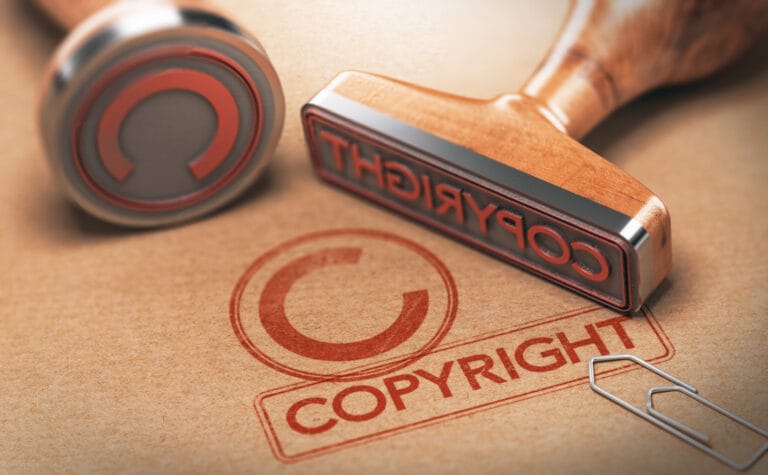When a truly innovative product hits the market for the first time, other companies are quick to develop similar items. Inventors can protect their intellectual property by obtaining the appropriate patents. Of course, the patent approval process can be contentious and litigious in its own right! In fact, in 2011, Congress passed the America Invents Act (AIA), which was designed to reduce the number of patent battles that would appear in court. The new legislation changed the face of patent law and created a deposition format that differs dramatically from standard litigation.
In this article, we’re sharing everything you need to know about AIA trial depositions. Let’s get started!
Standards for Live Testimony
AIA depositions very rarely involve live testimony, and exceptions to that rule may only be granted in special-case scenarios. The unique nature of patent cases often requires witnesses or parties to communicate their testimony through an affidavit. All witnesses should be prepared to make their case only once because they will not have the opportunity to testify before a factfinder in court.
Clear Discovery Limits
While the rules of civil procedure dictate the scope of discovery for a district court case, the rules of AIA trial discovery were established by the Electronic Code of Federal Regulations (e-CFR). According to 37 CFR § 42.51, discovery is limited to “information that is inconsistent with papers or testimony, positions advanced by certain parties, or cross-examination of an affidavit testimony.” These rules effectively ensure that deposing the opposition’s affiants and declarants is the only form of discovery.
In certain circumstances, the scope of AIA discovery can be expanded if both parties agree to the revised terms and obtain permission from the Patent Trial and Appeal Board (PTAB). If the parties cannot come to an agreement, one party can still request an expansion if they can prove it would be in the interest of the court.
Revised Rules for Objections
Unlike standard litigation, AIA depositions are not endlessly broad. In fact, at the core of the AIA is the belief that certain limitations make it easier for a judge to issue decisions. One such limitation is that attorneys can only raise objections during the deposition. This is critical knowledge for an attorney because even small bits of forgotten testimony could sway the court’s final decision. To succeed in an AIA deposition, you’ll need to carefully plan your lines of questioning to adhere to these strict rules.
Final Thoughts
Thanks for reading! We hope we’ve been able to shed some light on the process of AIA trial depositions. If you enjoyed this article, let us know in the comments, and feel free to share it on social media.
When you plan your next deposition, don’t forget to take advantage of our plentiful deposition tools, including remote court reporting, concierge remote exhibit management, remote videography, and full-time tech support for your remote depositions, arbitrations, court hearings, trials, and other proceedings.





